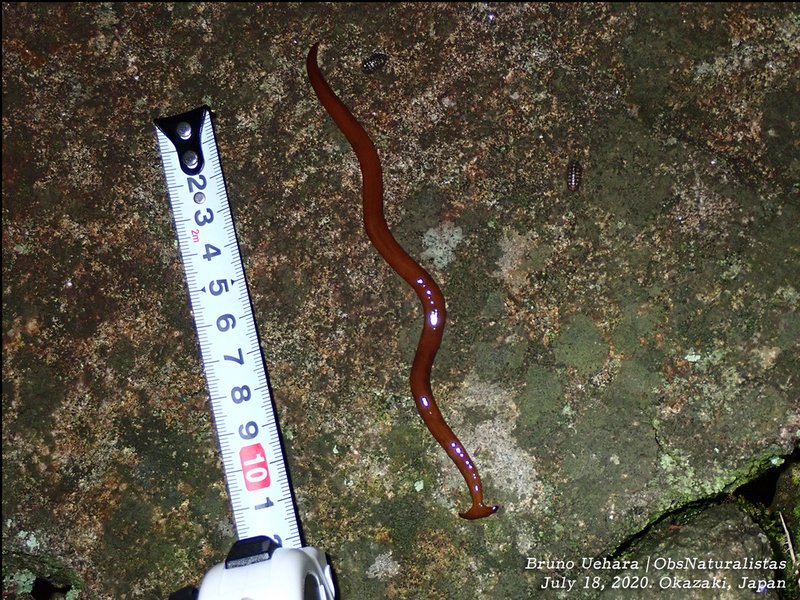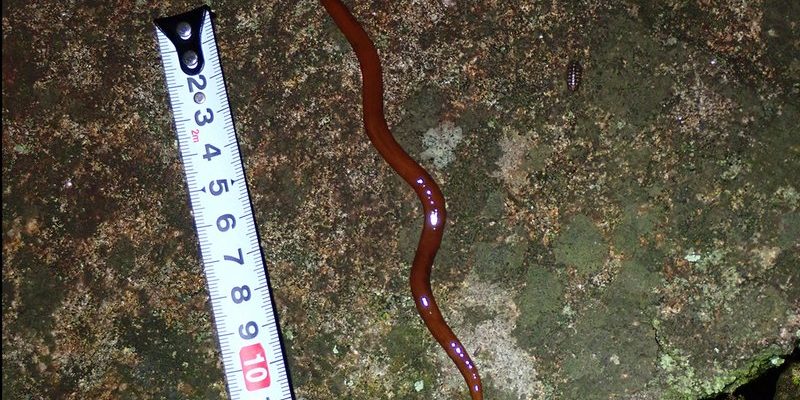
Picture a cozy little café where you sip your coffee. Just like you might hide from the bustle of the day to grab a moment of peace, hammerhead worms have their own secret spots where they take shelter. They’re not the type to bask in the sun; instead, they’re nocturnal critters that come out to play when the world quiets down. In this article, we’ll take a deep dive into **where hammerhead worms hide during the day**, exploring their favorite hangouts and their fascinating habits.
Understanding Hammerhead Worms
To really appreciate where hammerhead worms hide, let’s first get to know them a bit better. These creatures belong to the *Bipalium* genus and can typically be found in tropical and subtropical regions. They might look a bit intimidating with their elongated bodies that can grow up to 12 inches, but they’re actually quite harmless to humans.
Hammerhead worms are part of the flatworm family, and they have a unique way of moving. Picture a snake in slow motion—gliding and undulating smoothly over the surface. That’s how these worms travel. Their vibrant colors range from brown to gray, making them blend well into their surroundings. This helps them escape predation during the day when they retreat to their hiding spots.
Interestingly, these worms have a fascinating diet. They feast mainly on earthworms and other small invertebrates. This predatory nature makes them quite important in the ecosystem, as they help control the populations of other small creatures. Now, let’s dive into where they like to hide out during daylight hours.
Common Hiding Spots
Hammerhead worms are crafty when it comes to finding shade during the day. They prefer dark and moist environments. So, where can you typically find them nestled away? Here are some common hiding spots:
- Soil and Leaf Litter: Hammerhead worms often burrow into the soil or hide under piles of leaves. This is like their version of sinking into a comfy couch after a long day!
- Under Rocks: Here’s the thing—rocks provide not just shelter but also a cool, damp environment. Worms love this, especially on hot days.
- In Mulch: If you’ve got a garden, hammerhead worms might be lurking in your mulch. They thrive where moisture is abundant and can quickly disappear into a pile.
- Under Plants: Hammerhead worms may hide beneath the foliage of plants, using the shade and humidity to stay out of sight.
These spots provide not only safety from predators but also the moist conditions they love. Imagine curling up in a warm blanket on a rainy day; that’s how these worms feel when they find the perfect hiding place.
Why They Hide During the Day
You might be wondering why hammerhead worms choose to hide during the day instead of basking in the sun. The answer lies in their biology and behavior. Being nocturnal, they are primarily active at night, which brings them several advantages:
1. **Predator Avoidance:** Daytime often means more predators are out and about. By hiding, they can avoid the keen eyes of birds and other animals that might see them as a meal.
2. **Moisture Retention:** During the day, especially in warmer climates, the sun can dry out the soil and surrounding environment. Staying hidden helps them maintain their moisture levels, which is crucial for their survival.
3. **Feeding Habits:** Since they hunt for food at night, hiding during the day allows them to conserve energy for their nocturnal activities. It’s like saving up your energy for a workout later!
Understanding these factors highlights the amazing adaptations hammerhead worms have developed to thrive in their environments.
Adapting to Environmental Changes
Like many creatures, hammerhead worms must adapt to their environments. Changes in temperature, humidity, and habitat can affect where they choose to hide.
For instance, if it rains heavily, you might find them moving to different hiding spots, as their usual places may become flooded. Similarly, if there’s a drought, they might burrow deeper into the ground where the moisture is more stable.
Their adaptability is truly remarkable. It’s nature’s way of ensuring they survive even when conditions change. Think of them as the ultimate survivalists, always ready to find a new spot to chill out when the going gets tough.
Impacts of Human Activity
Human activity can also affect where hammerhead worms hide. Urbanization, deforestation, and agricultural practices can disrupt their habitats. Here are a few ways this happens:
1. **Loss of Natural Habitat:** As areas are developed, the leaves, rocks, and soil they rely on for shelter can be removed. This can lead to a decline in their population since they have fewer places to hide.
2. **Pollution:** Chemicals in the soil can also harm these creatures. If their homes become toxic, they’ll either have to find somewhere else to go or risk their health.
3. **Climate Change:** Increasing temperatures and changing weather patterns can affect moisture levels in their environments. With less reliable moisture, their usual hiding spots might no longer provide the safety and comfort they need.
Unfortunately, these factors can diminish their numbers, impacting the ecosystem balance. It’s a ripple effect where one change can lead to multiple consequences.
How to Spot Them
If you’re eager to catch a glimpse of these intriguing creatures in their natural habitat, knowing where to look is key. Here are a few tips on spotting hammerhead worms:
– **Time Your Search:** Late at night or early in the morning are the best times to find them roaming about. Grab a flashlight and take a stroll in your yard or garden.
– **Look Under Objects:** Check under rocks, logs, or garden debris. Just be careful—you might find other critters who don’t appreciate your curiosity!
– **Search in Moist Areas:** Areas with good moisture are more likely to have these worms. Consider looking in flower beds after some rain; the wet conditions might have drawn them out.
Remember, while they can be interesting to observe, it’s important to respect their space. Much like you wouldn’t want someone sticking their nose into your home, these little guys feel the same way.
Hammerhead worms are truly fascinating creatures that know how to stay hidden during the day. Their clever habits, choice of hiding spots, and adaptability make them a unique part of our ecosystem. Next time you’re out in nature, take a moment to appreciate the intricacies of life around you.
Whether you’re a curious naturalist or just someone who’s stumbled upon these little wonders, understanding where they hide helps you appreciate their role in our world. Just like you might retreat to your favorite nook for some peace, hammerhead worms are masters at finding their own cozy corners. Keep exploring, and who knows what other secrets the natural world has waiting for you!

